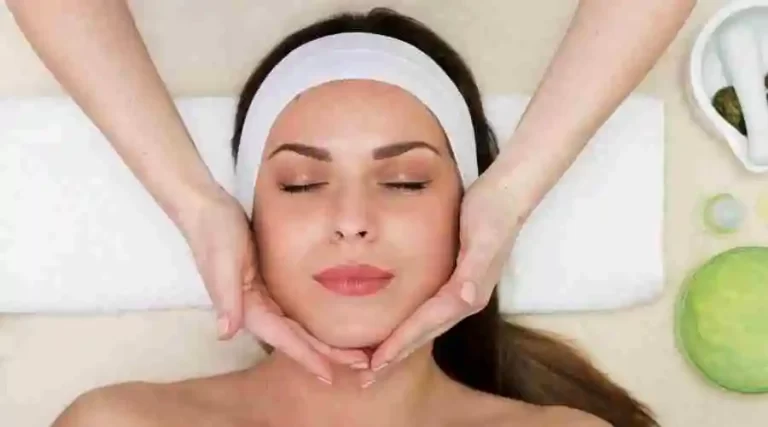Welcome to the age of selfies and social media presence, where looks matter more than ever. This seismic shift is causing an unexpected boom in one industry – plastic surgery. In particular, millennials are leading the pack in the surge of demand. Now, let’s dive into the heart of the matter: the rising demand for plastic surgery among millennials. Even in a small town like Scarsdale, cosmetic surgery Scarsdale is seeing a significant uptick in younger clients. This trend raises many questions, and we’re here to explore the answers.
Table of Contents
Why the Sudden Surge?
Millennials, born between 1981 and 1996, grew up alongside the advent of social media. The power of platforms like Instagram lies in their image-centric nature. It’s easy to see why young people feel pressure to look their best. But, this is just one piece of the puzzle.
Another factor is the rise in non-invasive procedures. Fillers, Botox, and lasers offer quick fixes with little downtime. They’re much less daunting than traditional, invasive surgeries. Many millennials see them as a regular part of their beauty routine, not unlike getting a haircut or a manicure.
The Changing Face of Cosmetic Procedures
According to the American Society of Plastic Surgeons, Botox injections, fillers, and skin treatments make up the majority of procedures chosen by millennials. Here’s a breakdown:
- Botox treatments – 56%
- Fillers – 24%
- Skin treatments – 20%
These numbers show a clear shift from invasive surgeries to more subtle, non-invasive procedures.
What Does It All Mean?
It’s easy to blame this trend on vanity and the pressure to look perfect. But the reasons run deeper than surface level. For many millennials, these procedures are about self-confidence and self-expression. It’s not about looking like a supermodel. It’s about feeling good in their own skin.
So, what’s the takeaway here? Millennials are transforming the face of cosmetic surgery. They’re driving demand for non-invasive procedures and changing perceptions about plastic surgery. It’s a trend that’s likely to continue, as beauty standards evolve and technology advances.
As we move forward, it’s important to foster a healthy dialogue about body image, beauty, and self-esteem. It’s a conversation that will shape the future of plastic surgery. It’s about more than looking good. It’s about feeling good, too.
